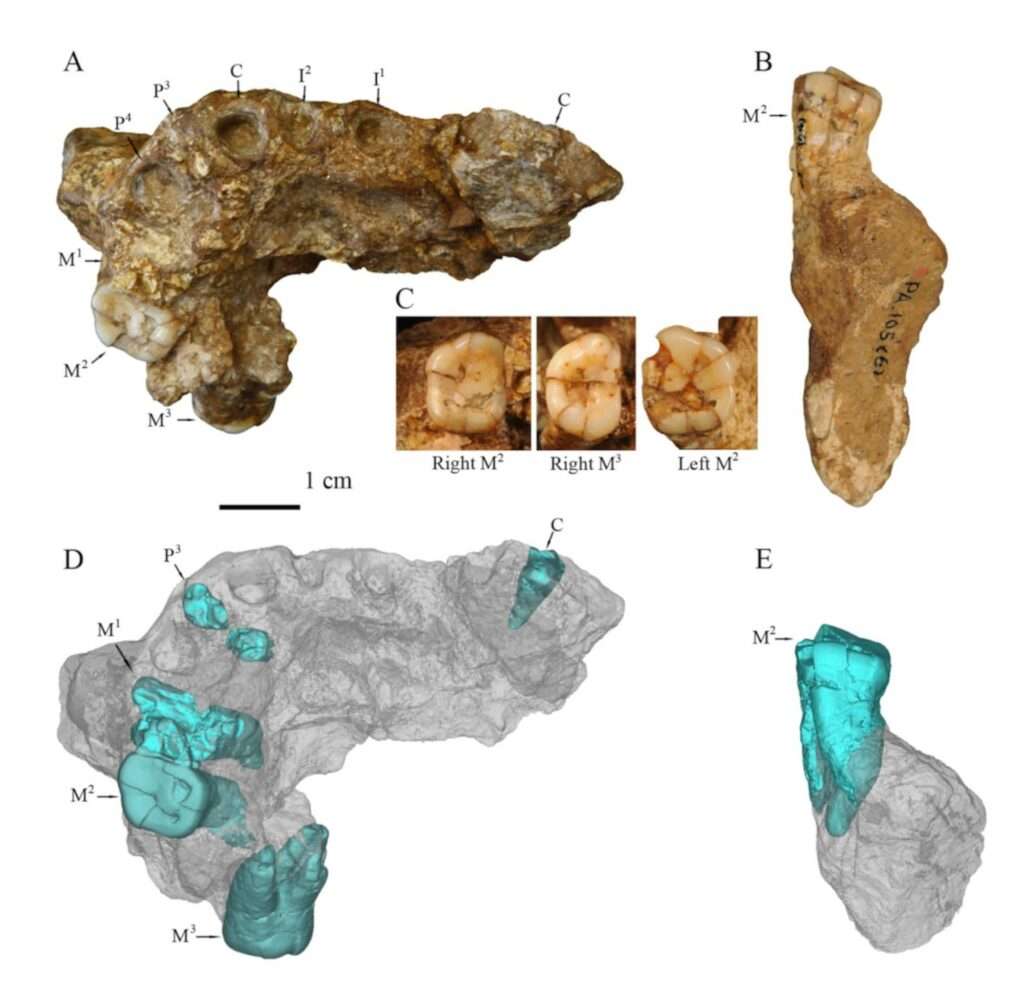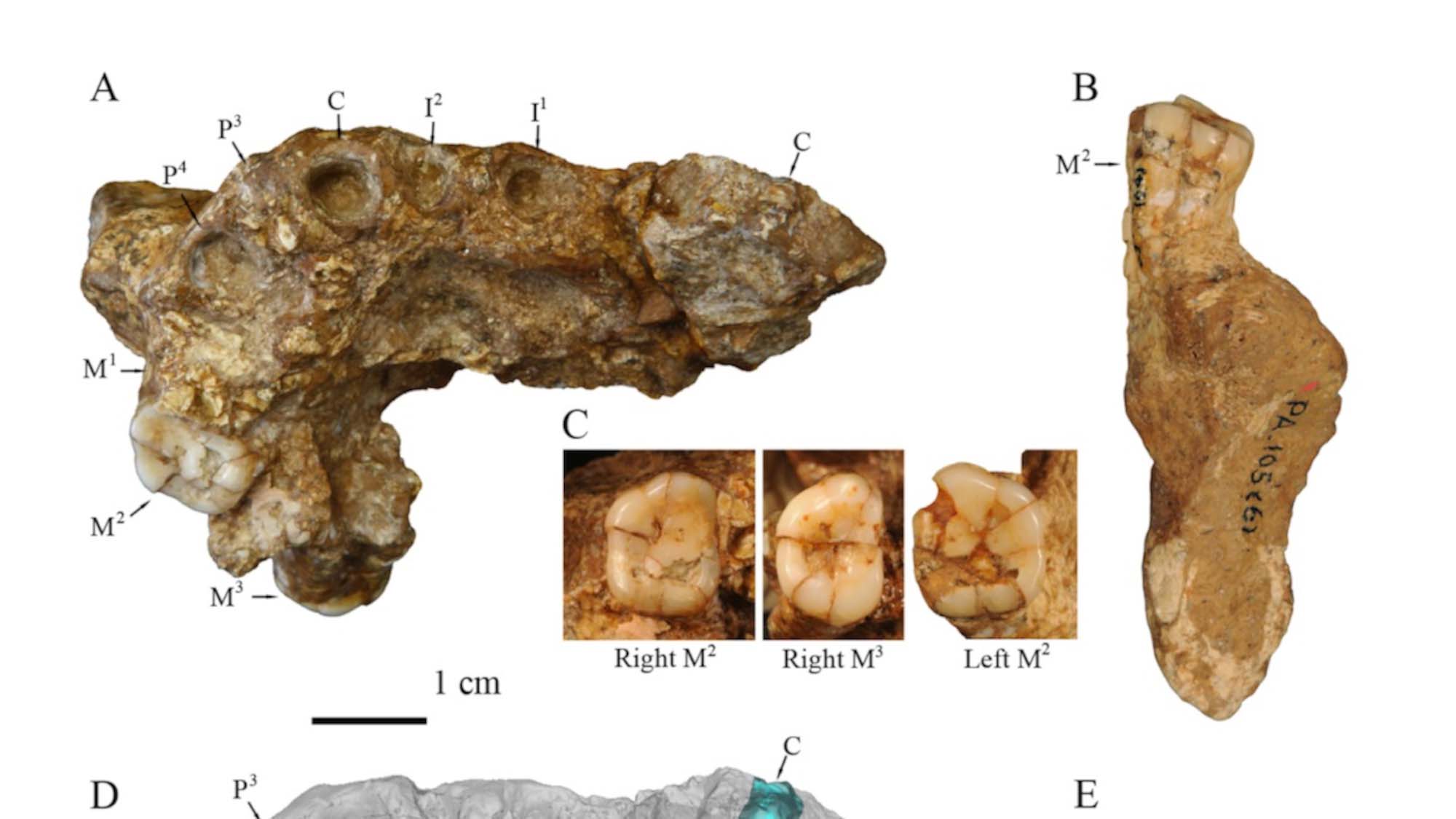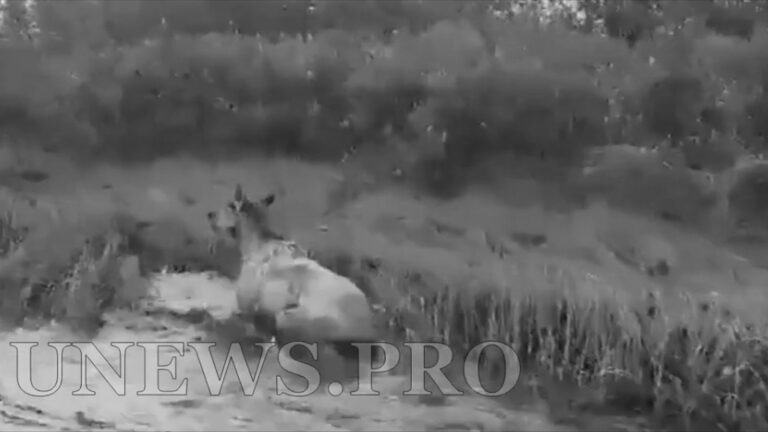An international team of researchers has authored a study claiming that they may have discovered what is possibly the oldest human fossils in existence in China.
Researchers from the National Centre for Research on Human Evolution (CENIEH) in Spain, as part of a team of Chinese, Spanish and French scientists, have just published the study on what is possibly the oldest known human fossil in the country.
The researchers used micro-CT techniques, geometric morphometry and classical morphology to investigate the remains of the maxilla and five skull teeth from the Chinese site of Gongwangling.
The researchers said in a CENIEH statement released on Monday, 13th June: “This deposit is located in the vast plains located on the northern slopes of the Quinling Mountains (Shaanxi province, central China) and was discovered in 1963 by the scientist Woo Ju-Kang.
“The age of the site was reassessed in 2015 through paleomagnetism studies in the region. The data suggests that the remains of Gongwangling date from a little over 1.6 million years ago, so they could belong to one of the first humans to colonise the current state of China.”

According to the study, there are similarities between the Gongwangling teeth and those of the other, more recent Chinese sites of Meipu and Quyuan River Mouth. But they added that there was also “some variability, which suggests a certain diversity of the populations of Homo erectus that colonised Asia during the Pleistocene.”
The CENIEH statement also said: “The importance of this new work lies in the paucity of information on the early colonization of Asia. The Dmanisi site (Republic of Georgia) has provided very important evidence about the first inhabitants of Asia, who arrived from Africa approximately two million years ago.
“But much information is lacking to connect Dmanisi with the classical Homo erectus populations of China (Hexian, Yiyuan, Xichuan, or Zhoukoudian), who lived on this great landmass between 400,000 and 800,000 years ago.”
Jose Maria Bermudez de Castro, the coordinator of the CENIEH Palaeobiology Programme, is quoted as saying: “The Gongwangling site fills in this enormous time span and suggests that Asia could have been populated by successive populations of the Homo erectus species at different times in the Pleistocene.”
The statement also said that the Gongwangling skull “has all the characteristics described in Homo erectus: low and very elongated skull, with very thick bones, which protected a brain of about 780 cubic centimetres; strongly inclined frontal, with very marked superciliary arches and forming a kind of double-arched visor above the eyes […].”
The study has been published in the July 2022 edition of the Journal of Human Evolution. It was authored by Lei Pan, Clement Zanolli, Maria Martinon-Torres, Jose Maria Bermudez de Castro, Laura Martin-Frances, Song Xing, and Wu Liu.
To find out more about the author, editor or agency that supplied this story – please click below.
Story By: Joseph Golder, Sub-Editor: Marija Stojkoska, Agency: Newsflash
The Ananova page is created by and dedicated to professional, independent freelance journalists. It is a place for us to showcase our work. When our news is sold to our media partners, we will include the link here.




